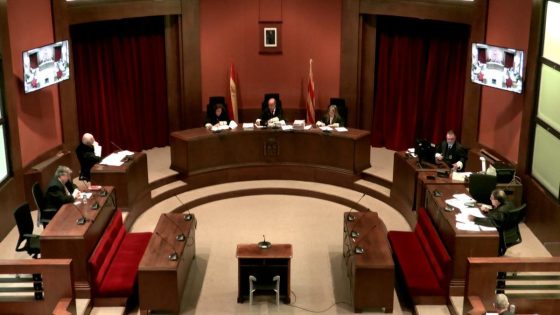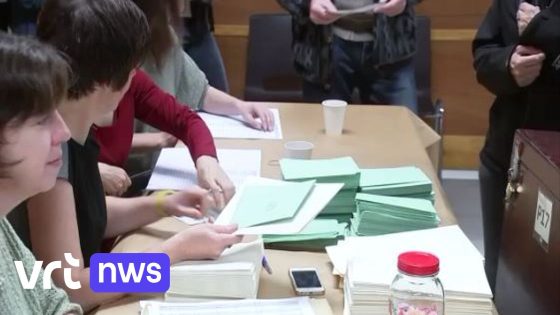The legal battle surrounding Lluís Puig, the former Culture Minister of Catalonia, continues as the prosecutor demands a two-year disqualification for Puig. This request comes amid allegations that he failed to comply with a court order to return art pieces to Sixena from the Lleida Museum. The case has raised questions about Puig’s intentions and the lengthy judicial process, which has spanned seven years.
- Lluís Puig accused of serious disobedience.
- Prosecutor requests two years of disqualification.
- Puig's lawyer claims intent to comply.
- Delay of seven years criticized by accuser.
- 155 application linked to art retention.
Legal Implications of Lluís Puig’s Case for Catalonia and Beyond
What does this mean for the future of cultural heritage in Spain? Lluís Puig’s trial is not just about one man’s actions; it reflects broader issues of governance and cultural identity in Catalonia. The prosecutor claims Puig lacked the will to return the disputed artworks, which could set a precedent for future cases involving cultural artifacts.
Impact of the Puig Case on Cultural Heritage Laws in Spain
The ongoing legal proceedings against Lluís Puig underscore significant challenges in the management of cultural heritage. The case raises critical questions about accountability and the responsibilities of public officials. As the trial progresses, it may influence how cultural artifacts are handled in Spain and potentially affect international norms.
Key Points on Lluís Puig’s Legal Challenges
As the trial unfolds, several key aspects emerge that are worth noting:
- The prosecutor’s demand for a two-year disqualification highlights serious allegations of misconduct.
- Puig’s defense argues he sought time to address a complex issue, indicating a willingness to comply.
- The case has taken seven years to reach trial, raising concerns about judicial efficiency.
- It reflects ongoing tensions in Catalonia regarding governance and cultural identity.
Public Reaction and Future Implications
The public response to Puig’s trial has been mixed, reflecting the divided opinions on Catalonia’s political landscape. Many citizens are concerned about the implications for cultural heritage, while others view it as a necessary accountability measure. The outcome could influence future governance in the region and set a precedent for how cultural disputes are resolved.
In conclusion, the case of Lluís Puig serves as a critical juncture for cultural heritage laws in Spain. As the trial continues, it will be essential to monitor its developments and implications for both local and international contexts.
































